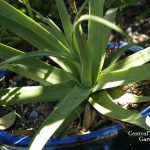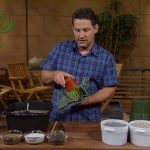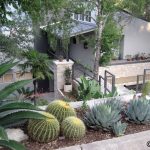Can plants actually sun scald?
Yes, they can!
The sun can damage plants in several ways; the most obvious is when you see actual brown, burned spots on the leaves. The intense heat of the sun simply bakes the leaf tissue, killing it.
You may also see sun scald on the fruit of peppers and tomatoes, if the fruit is exposed to the intense light of the late afternoon sun.
Another common sun injury is on the southwest side of the trunk of young trees. When trees are young, their bark is not very thick and can be easily damaged by the intense rays of the sun.
The bad news is there’s nothing to be done for sun scald once it’s occurred. Dead plant tissue cannot be repaired.
But the good news: sun scald can easily be avoided. First, you should know whether or not your plant can take full sun. The label that accompanied the plant when you bought it may or may not be correct on this issue, so do a little extra research.
Also, even plants that can take the full sun need to be acclimated to it if they haven’t ever experienced it. A plant that has been on your porch for several weeks, out of the direct sun, will no longer be able to handle those bright rays, so start by moving the plant into the full sun for a few hours in the morning, slowly lengthening the time to all day before you actually put it in the ground.

 Richard Blocker
Richard Blocker Bob Barth
Bob Barth Hardy Agaves
Hardy Agaves Daphne Richards
Daphne Richards Jeff Pavlat
Jeff Pavlat Succulent potting soil mix
Succulent potting soil mix